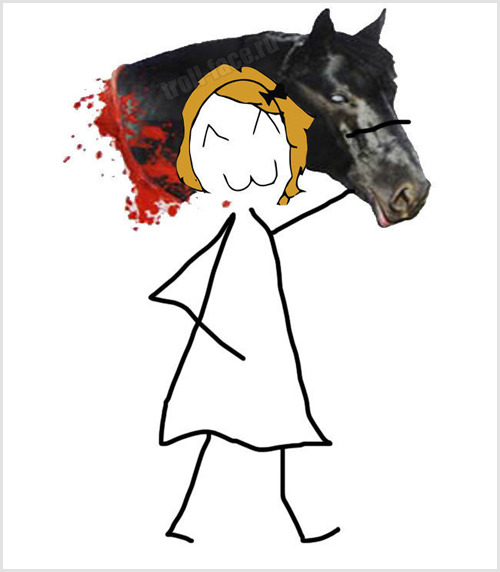Prohibition on sale or import into the United States
While Kinder eggs have been available in Canada since 1975, the product has never been allowed into the US for several reasons.
The 1938 Federal Food, Drug, and Cosmetic Act contains a section highlighting that a confectionery product with a non-nutritive object, partially or totally imbedded within it, cannot be sold within the United States, unless the FDA issues a regulation that the non-nutritive object has functional value. Essentially, the 1938 Act bans the sale of any candy that has imbedded in it a toy or trinket.
In 2012 the FDA re-issued their import alert stating The imbedded non-nutritive objects in these confectionery products may pose a public health risk as the consumer may unknowingly choke on the object.
In 1989, Ferrero sought a regulation through a petition, but it was later withdrawn and no such regulation has been issued.[citation needed]
In 1997, the staff of the CPSC, the Consumer Product Safety Commission, examined and issued a recall for some Kinder Surprise illegally brought into the US with foreign labels. The staff determined that the toys within the eggs had small parts. The staff presumed that Kinder Surprise, being a chocolate product, was intended for children of all ages, including those under three years of age. On this basis, the staff took the position that Kinder Surprise was in violation of the small parts regulation and banned from importation into the US.
However, no statute or regulation of the CPSC specifically addresses this category of products in the US.
It should be noted that wherever marketed and sold throughout the world, Kinder Surprise bears prominent warnings both on the outer and inner packaging advising the consumer that the toy is not suitable for children under three years, due to the presence of small parts and that adult supervision is recommended.
Since the launch of Kinder surprise in 1974 there have been 2 publicly recorded choking fatalities, in 1985 and in 1989, associated with parts of a toy from the product. The judicial inquiries determined that these had been unfortunate fatalities and that there was no causal link between the incidents and the combination of the toy and the egg, since the incident occurred several days after the consumption of the chocolate. This was thoroughly discussed in the UK House of Commons and also by the UK Department of Trade and Industry which said, "The childs tragic death was caused by the ingestion of a small part of the eggs contents. Many other products and toys with small parts are available in the market place. If we were to start banning every product that could be swallowed by a child, there would be very few toys left in the market.
On January 10, 2011, it was reported that a Kinder egg was seized from a woman's car during a random inspection while entering the United States from Canada. She was informed that bringing the egg into the United States could result in a $300 fine. In June 2012 the potential fine per egg was quoted as US$2,500. Seizures such as that one, and even the prohibition of the product itself, have been cited on political blogs and web forums as an example of an overzealous application of law and an intrusion upon personal liberty. The rationale against a ban of the product also takes the form that deaths have been too few for it to be considered a serious danger. Additionally, the argument is made that there should be a consistent standard in place, as several worse dangers are not regulated.







































